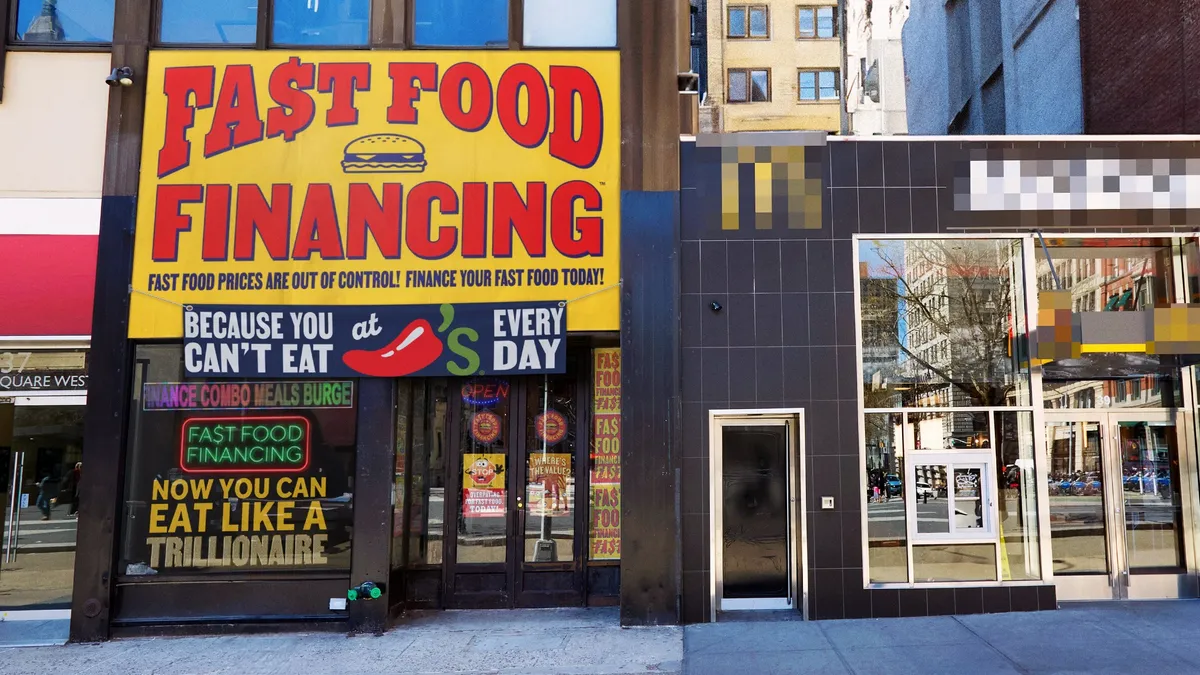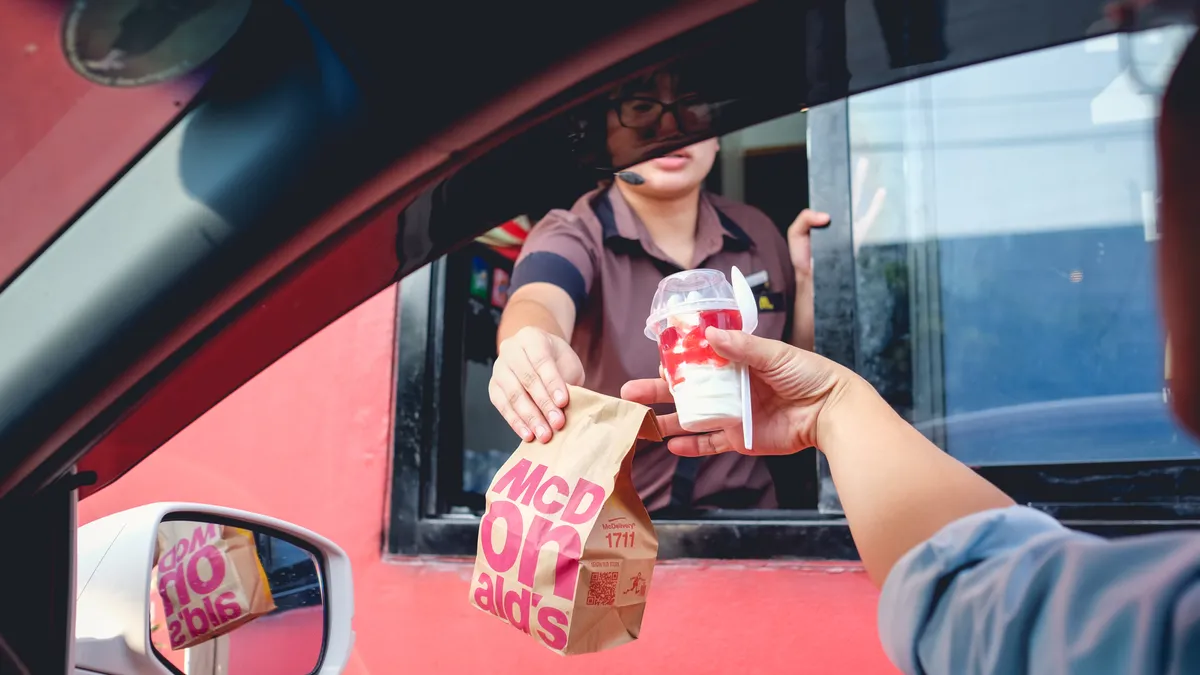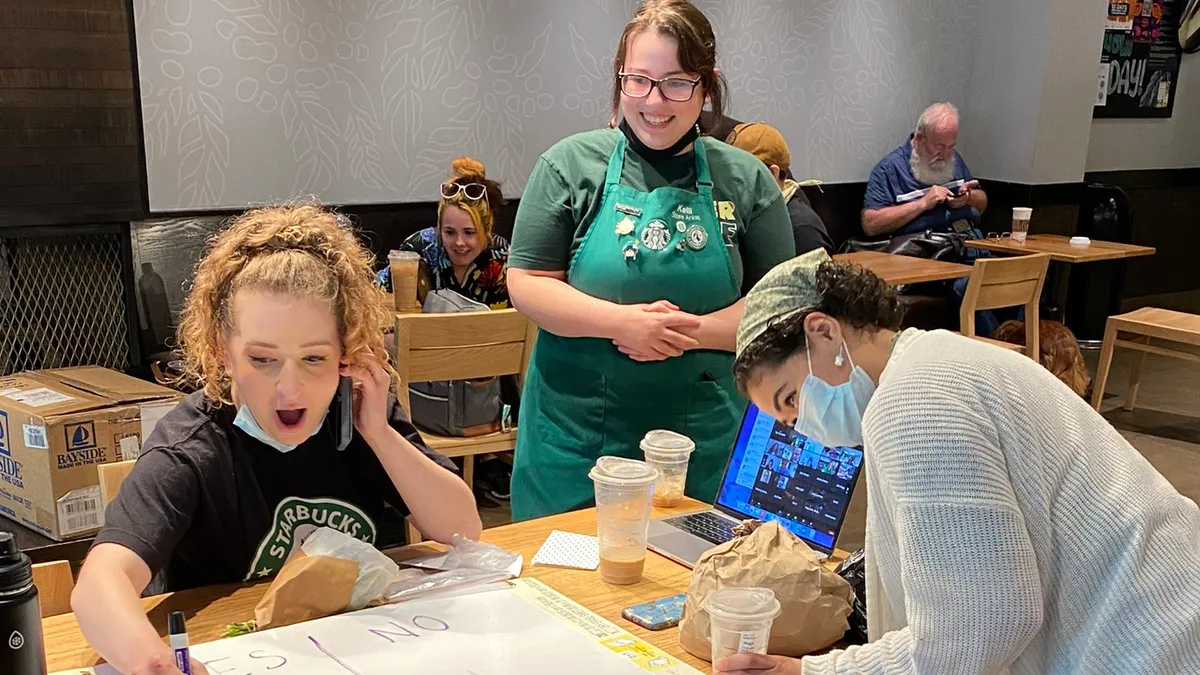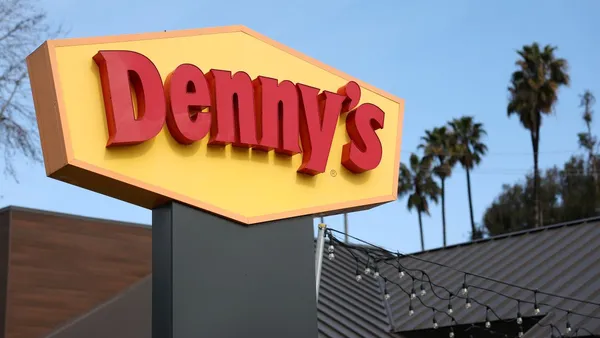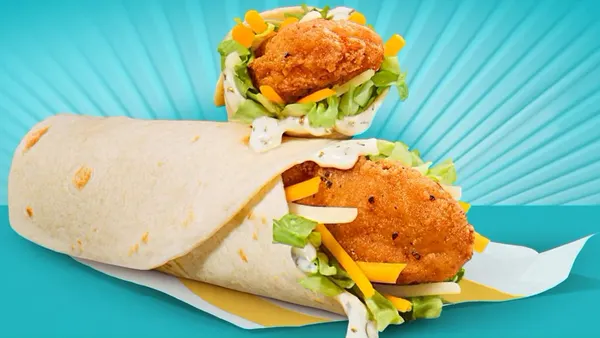Dive Brief:
- Overall consumer confidence in the economy has become the most important predictor of restaurant traffic, according to a survey by Revenue Management Solutions. This supplants older indicators, like unemployment and gas prices.
- RMS CEO John Oakes said a 10% drop in consumer confidence could correlate with a 2% decline in consumer traffic within two months.
- Consumer confidence has fallen in the U.S. as the Trump Administration pursues a hot-and-cold macroeconomic policy including tariffs on close trading partners.
Dive Insight:
RMS found that many macroeconomic indicators, aside from consumer confidence, were stable in 2025, but that restaurant traffic is falling. That confidence, as a forward-looking impression, can be a strong determinant of consumer behavior.
“Inflation, wages and fuel costs still matter, consumer confidence tells us how guests will behave in the weeks and months ahead,” Oakes said.
According to RMS, previous periods of traffic declines, like in 2009 to 2011, were driven by rising gas prices and high unemployment. In the case of the COVID-19 pandemic, when traffic fell around 15% year over year during 2020 to 2022, the culprits were public health restrictions and inflation.
While price increases have played a role in recent declines in traffic, menu price inflation has fallen from 10.6% in Q2 2023 to 1.3% in Q2 2025, by RMS’ numbers. Consumer perception of price, however, matters more than price stabilization. Still, 75% of survey respondents thought restaurant prices were higher than the previous month.
“Nearly 40% of respondents report spending less of their discretionary income on restaurants, underscoring a widening gap between perception and reality,” RMS noted.
There is little an individual restaurant brand can do to move the needle on consumer confidence in the overall economy, but savvy brands have made aggressive, highly public value plays to capitalize on consumer price sensitivity.
McDonald’s, for instance, has added a new value platform, which includes its $5 Meal Deal. The brand used its loyalty program to drive transactions, with value and rewards orders accounting for 50% of U.S. visits in Q2. McDonald’s is making other value plays as well, with CEO Chris Kempczinski foreshadowing the Golden Arches’ combo meal price cut on the brand’s earnings call.
Taco Bell has also emphasized value offerings and new menu items, driving same-store sales growth. And Chili’s has turned consumer price perceptions completely to its advantage, running a long series of promotions comparing its casual dining offers to the price of fast food burgers.



